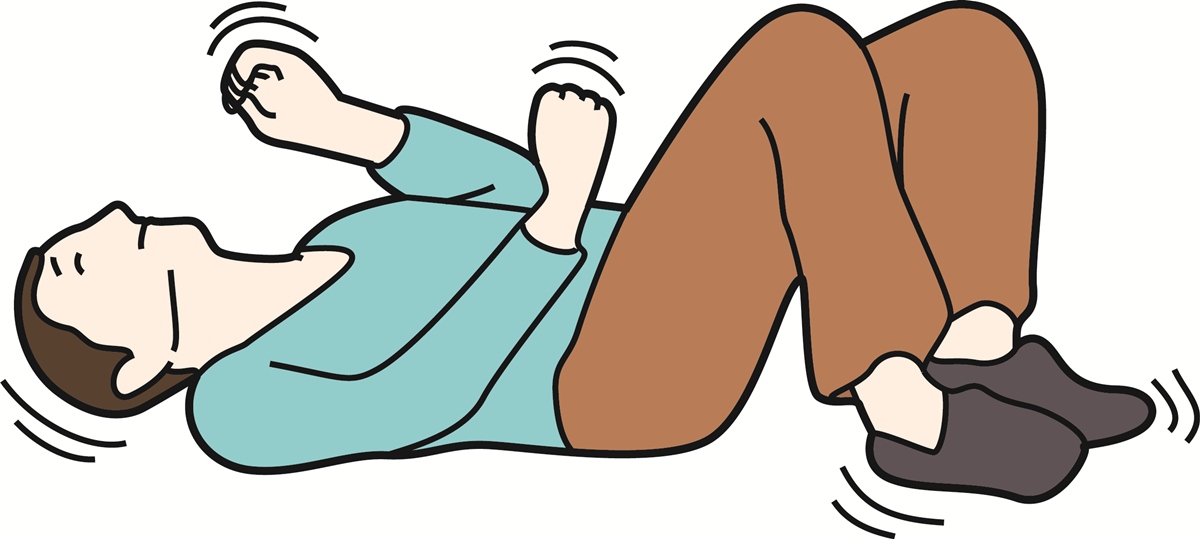Epilepsy is not an illness that can be cured with medications. Drugs are proven to be effective in 70% of the patients suffering from this condition, and its effectiveness is measured by the control of the epileptic attacks.
When choosing the right treatment for the patient doctor will take into consideration the type of epilepsy, side effects that may occur when the specific medications are used, any other illnesses and conditions the patient might have, and the acceptability of the delivery methods.
Epilepsy Medications
One of the most common medications used to treat epilepsy is Tegretol or Carbatrol (containing the substance called carbamazepine). This is the first choice for patients suffering from partial, generalized tonic-clonic, and mixed epilepsy. Side effects include tiredness, changes in vision, nausea, rash, and dizziness.

For absence seizures, in children, Zarontin is the doctor’s choice. It contains ethosuximide, and might induce nausea, vomiting, loss of appetite, and weightloss.
Felbatol is used in the treatment of partial and general epilepsy. It is necessary to control blood panels and check the liver function when taking this medicine, because it may affect bone marrow and liver.
Gabitril is the drug to treat partial and some generalized seizures, combined with other medicines.
With some other antiepileptic medications, Keppra is used in the treatment of partial epilepsy. Changes in behavior, fatigue, and weakness might be expected as side effects of this drug.
For partial and some generalized seizures doctor could also prescribe Lamictal, and some partial epilepsy attacks are treated with Lyrica.
Neurontin contains gabapentin, and it is used in combination with other antiepileptics to treat partial and some generalized seizures. It has few side effects, like tiredness and dizziness and they last just for the first couple of weeks, when starting a medication.
Dilantin (the active substance is phenytoin) is controlling partial and generalized tonic-clonic epilepsy. The medication can be given intravenously, to control active seizures in the hospital.
Topamax is combined with other epilepsy medications for partial or generalized tonic-clonic seizures. Side effects include sleepiness, dizziness, speech problems, nervousness, memory problems, vision problems, and weight loss.
Trileptal is the medication that treats partial seizures.
Depakene and Depakote contain valproate or valproic acid and are a treatment for partial, absence, and generalized tonic-clonic epilepsy.
Together with other drugs, Zonegran is used to treat partial seizures.
Valium and tranquilizers (Klonopin or Tranxene) are effective for the treatment of all seizures and are frequently used in the emergency room to stop an epilepsy attack.
The most common side effects of epilepsy medications mentioned above include tiredness, drowsiness, rash, insomnia, headache, anxiety and confusion, blurred vision, problems with memory, weight loss or weight gain. It is rare, but some of these medications might induce loss of hearing, problems with the liver, pancreas, blood platelets, and thinning of the bone.
When treating epilepsy, the dose and medications might be different for each patient. It is necessary to perform frequent blood panels at the start of the treatment, to measure the response of the patient’s body to the medicine.
Some epileptic seizures are persistent and don’t respond to the treatment. In these cases, it is important to consult the specialist.
- The term epilepsy is derived from the Greek word epilam-banein, meaning to attack or seize. People once thought that epileptic individuals were being visited by demons or gods. However, in 400 b.c., the early physician Hippocrates suggested that epilepsy was a disorder of the brain—and he was right.
- Each distinct form of epilepsy has its own natural history and response to treatment. This diversity probably reflects the many different underlying causes of epilepsy and the variety of epilepsy syndromes in which the clinical and pathological characteristics are distinctive and suggest a specific underlying etiologic mechanism.
- The annual incidence of epilepsy has been estimated at 50 per 100,000 with a prevalence of 5 to 10 per 1,000. According to the Centers for Disease Control and Prevention (CDC) in a 2010 report, epilepsy affects approximately 2.5 million people in the U.S. and each year accounts for $15.5 billion in direct costs (medical) and indirect costs (i.e., lost or reduced earnings and productivity). There is no central registry of cases of epilepsy or seizures in the U.S.
- A first epileptic seizure occurs in 300,000 people each year. Of these people, 120,000 are younger than 18 years of age, and between 75,000 and 100,000 of these are children younger than five years of age who are experiencing febrile seizures.
- Antiepileptic drug (AED) therapy, the mainstay of treatment for most patients, has four goals: to eliminate seizures or reduce their frequency to the maximum degree possible, to evade the adverse effects associated with long-term treatment, and to aid patients in maintaining or restoring their usual psychosocial and vocational activities, and in maintaining a normal lifestyle. The decision to start AED therapy should be based on an informed analysis of the likelihood of seizure recurrence, the consequences of continuing seizures for patients, and the beneficial and adverse effects of the pharmacological agent chosen.
- Valproic acid has been effective in partial and generalized seizures and is indicated as monotherapy and adjunctive therapy for complex partial seizures, which begin in a limited area of the brain. These seizures may occur either in isolation or in association with other types of seizures. The drug is also indicated for patients with simple and complex absence seizures and as an adjunctive therapy for patients with multiple seizure types, including absence seizures.
- www.nhs.uk/conditions/epilepsy/treatment/
- www.cdc.gov/epilepsy/about/faq.htm
- Photo courtesy of The Clear Communication People by Flickr: www.flickr.com/photos/easy-pics/9499282379







_f_280x120.jpg)








Your thoughts on this
Loading...